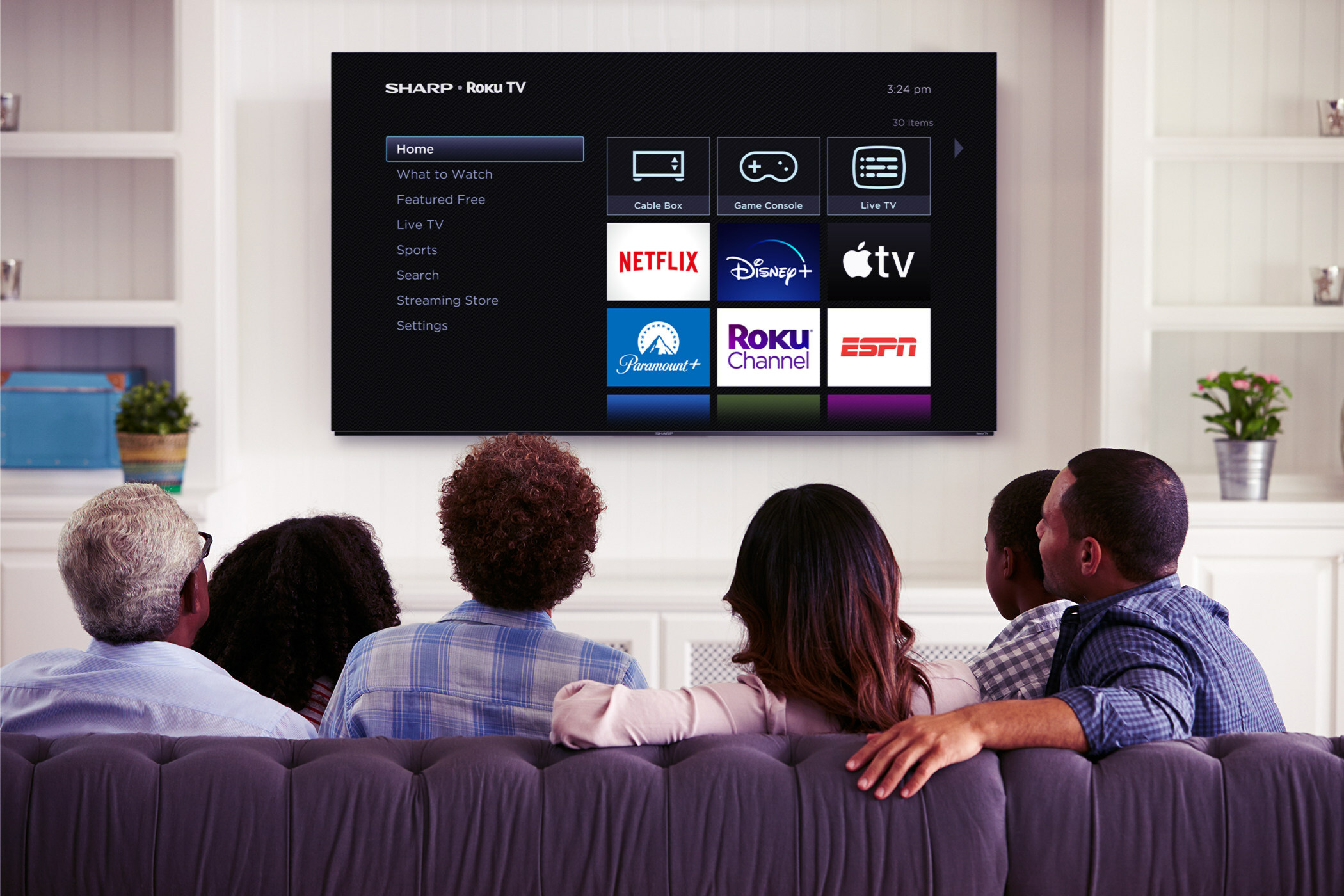Parks: Prime Video Has Lowest Churn Rate
Discovery+ has the highest

DALLAS—Consumers who subscribe to streaming services are the least likely to cancel Prime Video among all major providers, according to Parks Associates’ Streaming Video Tracker, which found that Prime’s so-called “churn rate” is 8% while streaming service Discovery+ is nearly at 43%.
Parks recently updated its Streaming Video Tracker, which now tracks churn data for 89 total services, of which 85 are SVOD services. Its most recent churn data is from its quarterly consumer survey of 8,000 internet households.
Prime’s unique position in the streaming universe (a “value-added” service for subscribers of Amazon Prime) is the reason for the low churn rate, according to Eric Sorensen, Director, Streaming Video Tracker, Parks Associates, who adds that streaming king Netflix is helping lower its churn rate by providing more subscription options and content.
"Churn is part of the standard business model, but companies are working hard to minimize it and keep consumers engaged longer," said "Amazon Prime Video has held the lowest churn rate for the last two years because it is included with Prime; however, Netflix continues to creep closer and reduce churn by adding more tiers of service and syndicated content."
Streaming Video Tracker analyzes market trends and profiles for more than 300 over-the-top video services in the US and Canada. It also estimates subscribers, viewers, and transactional users for these OTT services, including those that do not publicly release customer figures.
Get the TV Tech Newsletter
The professional video industry's #1 source for news, trends and product and tech information. Sign up below.
Tom has covered the broadcast technology market for the past 25 years, including three years handling member communications for the National Association of Broadcasters followed by a year as editor of Video Technology News and DTV Business executive newsletters for Phillips Publishing. In 1999 he launched digitalbroadcasting.com for internet B2B portal Verticalnet. He is also a charter member of the CTA's Academy of Digital TV Pioneers. Since 2001, he has been editor-in-chief of TV Tech (www.tvtech.com), the leading source of news and information on broadcast and related media technology and is a frequent contributor and moderator to the brand’s Tech Leadership events.

